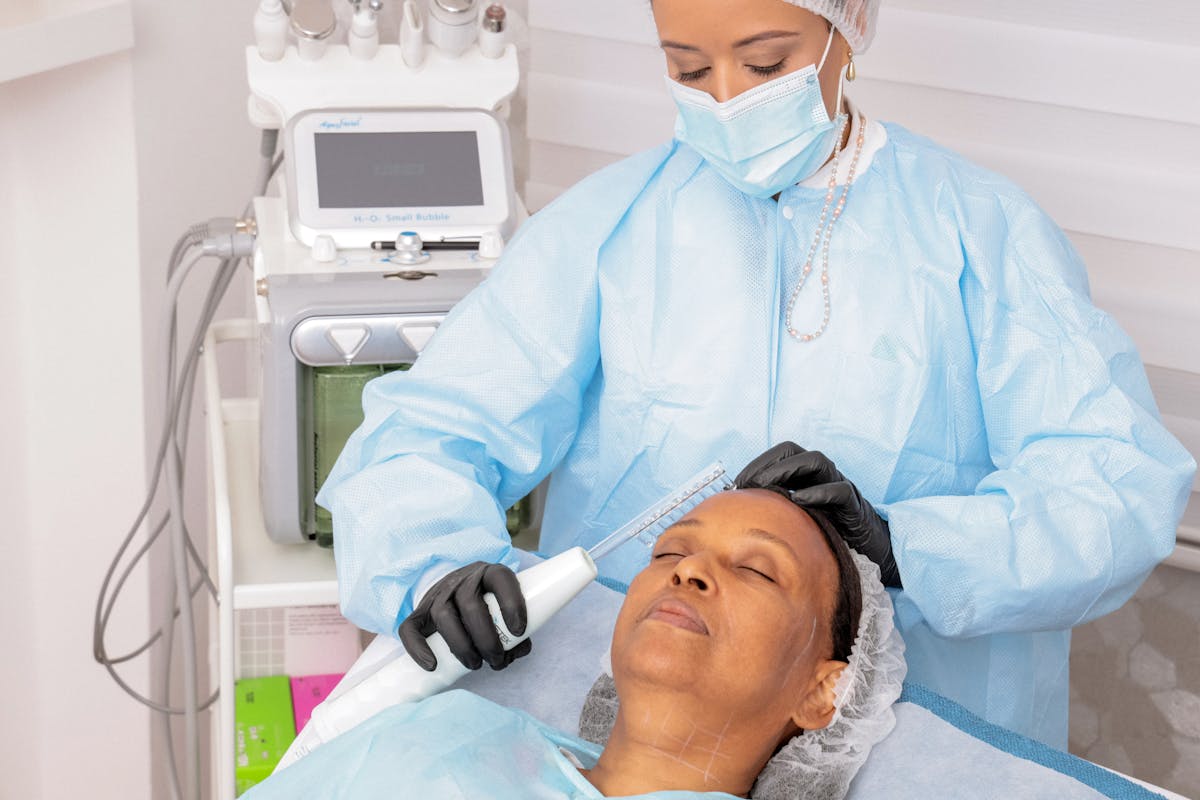Have you ever noticed swollen, red patches on your skin that feel itchy and sore? If so, you may have chilblains. Chilblains are a condition common in cold climates, where the hands or feet become inflamed after exposure to cold temperatures. Although this condition can be uncomfortable and sometimes painful, there are ways to prevent its occurrence. In this article, we will discuss what exactly chilblains are and how to avoid getting them altogether. Chilblains affect many people living in colder climate areas around the world; however they remain poorly understood by the general public due to a lack of awareness among healthcare providers regarding their causes and treatments available for relief.
Despite being a relatively unknown health issue compared with other conditions like frostbite or hypothermia, knowing more about these puffy lesions could help us protect ourselves from them - especially if we live in an area where winter temperatures drop frequently!
If you're interested in learning more about understanding chilblains: what they are and how best to prevent them from occurring - then keep reading! We'll first explain why certain individuals tend to get affected by these pesky sores before delving into tips for prevention as well as potential remedies should one develop any symptoms associated with this condition.
What is Chilblains?
Chilblains are a common skin condition that affects the hands and feet, and can cause irritation, itching, and even pain. The condition is caused when the skin is exposed to cold temperatures for an extended period of time. While chilblains are not typically dangerous, they can become severe if not treated properly or if you are particularly prone to them. It is important to know what chilblains are and how to prevent them to avoid any discomfort or long-term damage.
The Risk Factors of Chilblains
It is especially common in colder climates, as the cold temperatures can cause constriction of the blood vessels in the skin. People with poor circulation and those with certain autoimmune diseases like lupus are also at a higher risk of developing chilblains. Elderly individuals and children are more prone to getting chilblains due to their delicate skin. People who live in drafty houses and wear tight shoes are also more likely to develop chilblains.
What Causes Chilblains?
The condition is caused by exposure to cold temperatures, resulting in inflammation of the small blood vessels in the skin. Symptoms of chilblains include itching, burning, swelling, redness and blistering of the skin. In some cases, ulcers may form and become infected. Chilblains can be painful and can cause discomfort. The condition can affect both adults and children, although it is more commonly found in adults.
Treatment of Chilblains
Treatment of Chilblains usually involves avoiding the cold weather, wearing warm clothes and protecting the affected area from further injury. In some cases, medications such as topical corticosteroids may be prescribed to reduce swelling, inflammation, and itching. It is also important to keep the affected area clean and dry to prevent any further infections. If the condition does not improve with home remedies, a doctor may recommend using a special protective cream or ointment to provide warmth and protection for the skin. Additionally, an oral antihistamine may be prescribed to reduce itching and discomfort.
Prevention of Chilblains
Chilblains can be prevented by avoiding cold and wet conditions, wearing multiple layers of warm clothing and keeping feet and hands dry. It is also recommended to keep the skin moisturized with lotions and creams to prevent dryness and cracking. If you must be outdoors in cold weather, protect your hands and feet with warm, waterproof gloves and boots. Regular exercise can also help maintain proper circulation and warm up the body. Lastly, if you are in a cold climate, take time to warm up slowly before going outdoors.
Final Words
Chilblains can be a painful and uncomfortable condition, but luckily there are steps you can take to prevent them. Keeping your hands warm and dry, wearing protective clothing when the weather is cold, and avoiding sudden temperature changes are all important to prevent chilblains. Additionally, keeping your skin moisturized and avoiding direct contact with hot and cold surfaces can help reduce the risk of developing chilblains on your hands or other areas of your body. If you do develop chilblains on your hands, contact your doctor right away for treatment options. With proper care and preventive measures, you can keep chilblains at bay and enjoy comfortable hands all year round.




